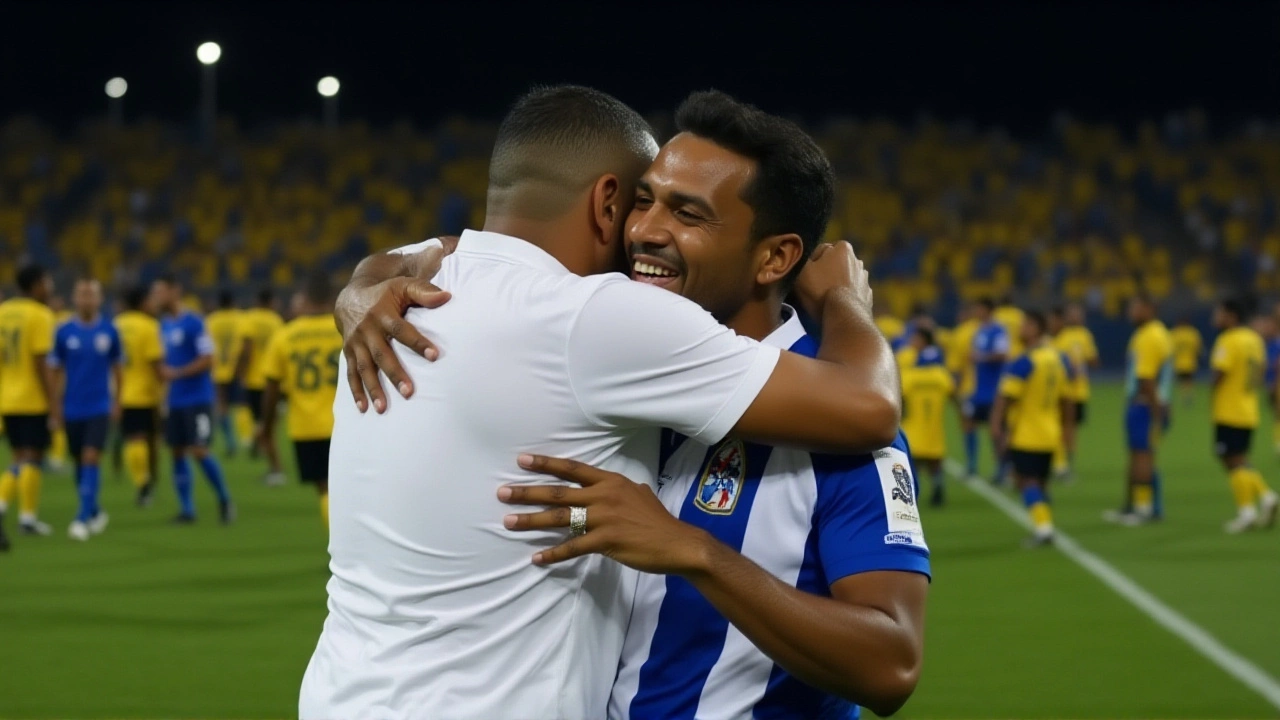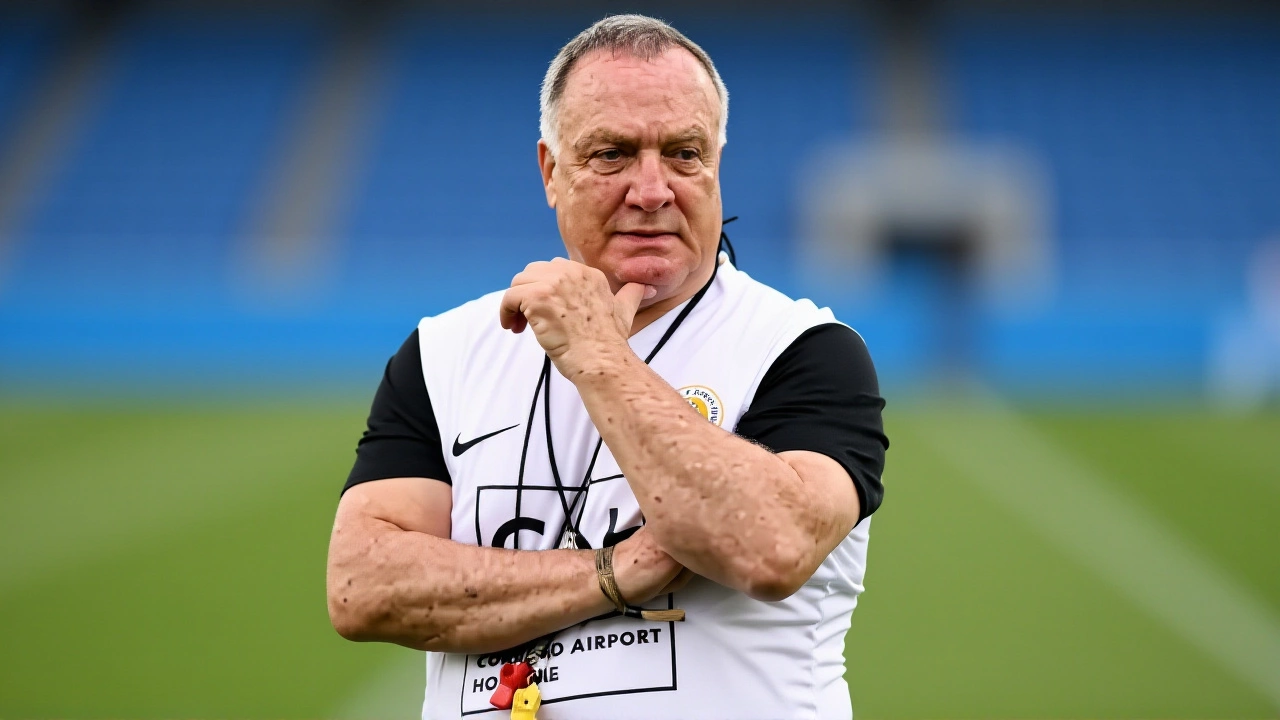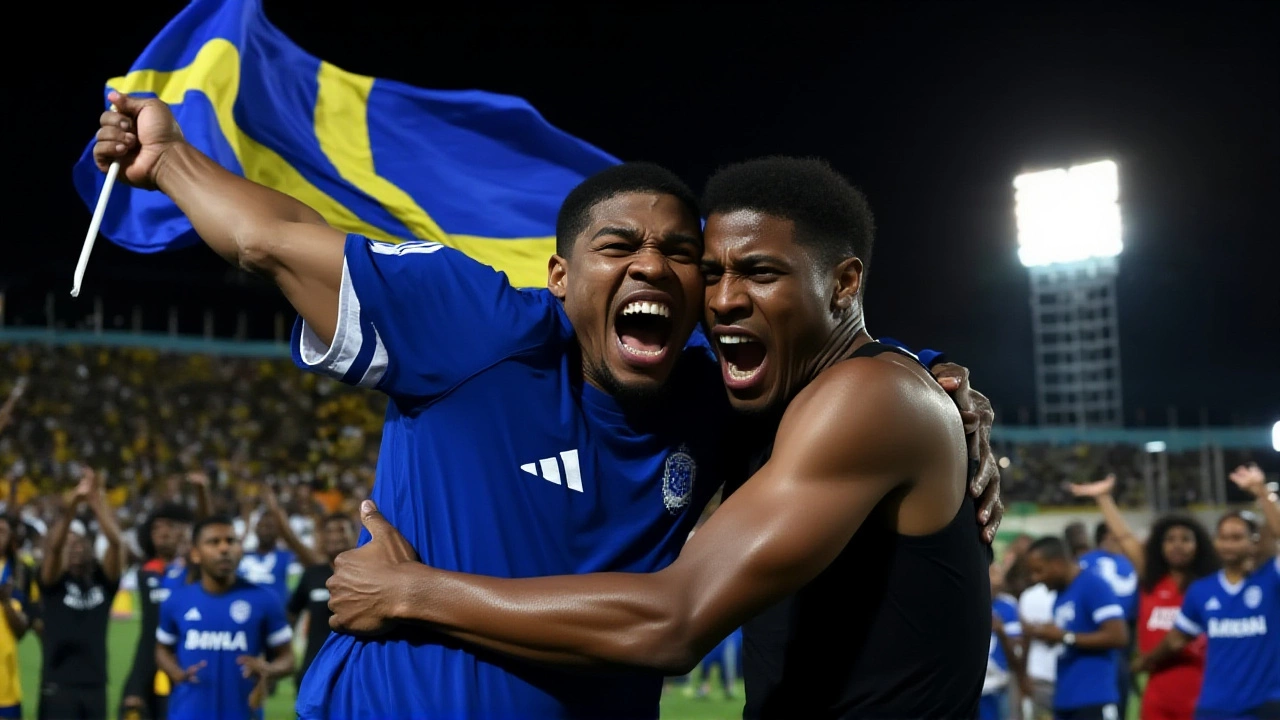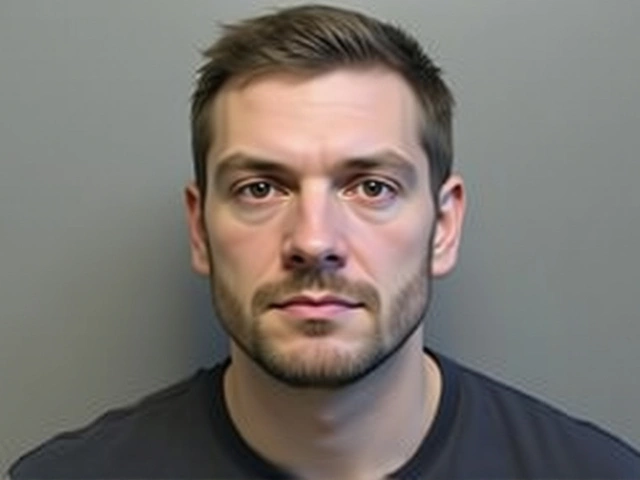On Tuesday, November 18, 2025, a quiet roar echoed across the Caribbean as Curaçao stunned the football world — not with a goal, but with a refusal to lose. The tiny island nation, population 156,115, held Jamaica to a 0-0 draw at the National Stadium in Kingston, securing its first-ever berth in the 2026 FIFA World CupUnited States, Canada, and Mexico. In doing so, it shattered Iceland’s 2018 record, becoming the smallest country ever to qualify for soccer’s grandest stage. No one saw this coming. Not the pundits. Not the bookmakers. Not even the players themselves, until the final whistle blew.
A Nation That Refused to Be Ignored
Curaçao’s journey to this moment wasn’t built on star power or massive budgets. It was built on grit, community, and a decades-long investment in youth football. With fewer people than many American suburbs, the island has never had the luxury of depth. But it had heart. And under the quiet, steady leadership of Dick Advocaat, the 78-year-old Dutch manager who’s coached the Netherlands, Russia, and PSV Eindhoven, Curaçao transformed from a regional afterthought into a tactical nightmare. Advocaat missed the decisive match — returning to the Netherlands for family reasons — but his fingerprints were all over the game plan. Assistant coaches carried out his vision: compact defense, swift counters, and an unyielding belief that they belonged.The Match That Changed Everything
Jamaica, ranked higher and with more professional players, came out swinging. In the 54th minute, Greg Leigh’s header crashed off the post. Then, in the 66th, Jürgen Locadia — who plays for Dutch club FC Utrecht — broke through the box, his shot denied by Andre Blake, Portland Timbers’ star goalkeeper. Two more Jamaican strikes hit the woodwork — 70th and 87th minutes. The tension was thick enough to cut with a knife. Then, in stoppage time, a penalty was awarded to Jamaica after a sliding challenge by Jeremy Antonisse. The crowd roared. The referee pointed to the spot. But VAR intervened. The call was overturned. No goal. No drama. Just silence, then cheers, as Curaçao’s defenders collapsed in disbelief.
Caribbean Resonance: Haiti’s Return
While Curaçao made history, another Caribbean nation was writing its own comeback story. Haiti, which hadn’t qualified since 1974, sealed its spot the same night with a 2-0 win over Nicaragua. Loicious Deedson opened the scoring in the 9th minute; Ruben Providence added the second just before halftime. For a country that’s endured political chaos and natural disasters, this was more than football. It was redemption. Haiti joins Curaçao and Jamaica as the only Caribbean nations to qualify for the 2026 World Cup — a first in CONCACAF history.Behind the Scenes: The Long Game
This wasn’t luck. It was strategy. Since becoming a FIFA member in 1958 — first as part of the Netherlands Antilles, then as an independent entity in 2010 — Curaçao’s football federation has quietly rebuilt its foundation. Gilberto CleOPHAS, president of the Curaçao Football Federation since 2019, has overseen a grassroots revolution. All 38 registered clubs on the island now follow a unified youth development model. Coaching licenses are mandatory. Facilities are being upgraded, one field at a time. The federation’s headquarters in Willemstad may be modest, but its vision is global.The 2026 World Cup’s expansion to 48 teams helped — more slots meant more chances. But Curaçao didn’t just take advantage. They seized the moment. Their qualifying campaign: six matches, zero losses. Wins over Saint Kitts and Nevis (3-0), Grenada (2-1), and El Salvador (1-0). Draws with Canada (0-0) and Jamaica (0-0). Twelve points. Top of Group B. Unbeaten. No team in CONCACAF’s final round matched that record.

What’s Next? The Draw and the Dream
On Friday, December 5, 2025, at the John F. Kennedy Center for the Performing Arts in Washington, D.C., the draw will reveal Curaçao’s group stage opponents. Will they face the United States? Brazil? Portugal? No one knows yet. But one thing’s certain: the world will be watching. And for a nation of fewer than 160,000 people, that’s the most powerful weapon of all.Frequently Asked Questions
How did Curaçao manage to qualify despite having such a small population?
Curaçao’s success came from decades of focused youth development, a unified coaching philosophy across all 38 registered clubs, and tactical discipline under coach Dick Advocaat. Unlike larger nations that rely on depth, Curaçao invested in quality over quantity, producing technically skilled players who thrived in compact, high-pressure systems. Their unbeaten record in qualifying — six matches, zero losses — proves that efficiency can outlast size.
Why is this milestone bigger than just a World Cup spot?
For Curaçao, this isn’t just about football — it’s national identity. The island has faced economic challenges and political uncertainty since dissolving its ties with the Netherlands Antilles in 2010. This qualification is a rare moment of unified pride, inspiring youth to believe they can compete globally. It also redefines what’s possible for small nations in international sports, proving that resources aren’t everything — vision is.
What role did the 48-team format play in Curaçao’s qualification?
The expanded 2026 World Cup added 16 new slots, increasing CONCACAF’s direct qualifiers from 3 to 6. That gave smaller nations like Curaçao a realistic shot. But it wasn’t just luck — Curaçao earned their place by finishing first in Group B with 12 points, the only undefeated team in the final round. The format helped, but their performance made the difference.
How does Curaçao’s population compare to other World Cup qualifiers?
At 156,115, Curaçao is less than half the size of Iceland (350,000 in 2018), previously the smallest qualifier. Even smaller nations like San Marino (33,000) and Liechtenstein (39,000) have never qualified. Curaçao’s achievement is unprecedented — no nation under 200,000 has ever reached the World Cup. Its population is smaller than many U.S. high schools.
What’s the significance of Haiti qualifying at the same time?
Haiti’s return after 51 years — their first World Cup since 1974 — highlights a broader Caribbean resurgence. With Curaçao, Jamaica, and Haiti all qualifying, CONCACAF has three Caribbean nations in the tournament for the first time. It signals a shift in regional football, where grassroots investment is finally paying off across islands long overlooked by global media and funding.
Who will Curaçao face in the group stage?
The draw takes place on December 5, 2025, in Washington, D.C. Curaçao will be placed in Pot 4 as the lowest-ranked team, meaning they’ll likely face one of the top seeds like the United States, Brazil, or Spain. But history shows underdogs can thrive — look at Iceland’s run in 2018. For Curaçao, just being there is a victory. What happens next? That’s the magic of the World Cup.






Written by Griffin Callahan
Hi, I'm Griffin Callahan, a sports enthusiast with a particular expertise in tennis. I've dedicated years to studying the game, both as a player and an analyst. My passion for tennis has led me to write extensively about the sport, covering everything from player profiles to match analyses. I love sharing my knowledge and insights with fellow tennis fans, and I'm always eager to engage in discussions about the sport we all love.
All posts: Griffin Callahan